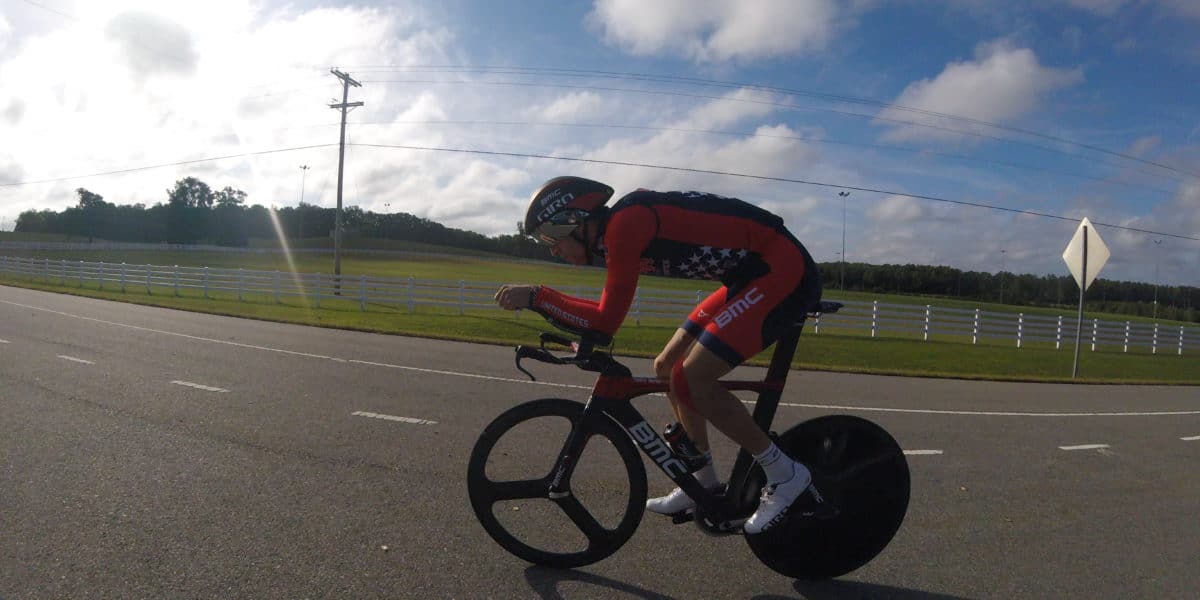Getting to the “Core” of the matter is essential to be a durable, faster, injury free athlete.
As endurance athletes we put in many long hours training for our goal events and one of the biggest concerns is that an injury will pop up or linger impacting our ability to compete. How do most injuries happen? The simple answer is, muscle imbalances! Where do most of these muscle imbalances originate? Our body’s core, which is comprised of many central muscles including transversus abdominus, multifidus, the diaphragm and the pelvic floor. The core muscles provide your spinal and central muscle systems with stability and also coordinate movement to your extremities. Without a strong core, we will not be able to keep the body standing or moving in the correct aligned position which will put the spine, arms and legs out of position and in a vulnerable stability pattern for movement and the possibility of injury. A muscle imbalance, which is undetectable with the naked eye, can become a more serious problem causing another muscle group to compensate and leading to injury over time. Injury prevention is not the only benefit of a strong core, it also creates the right pathways for the muscles to fire in the correct patterns and improved core strength and proper muscle firing patterns produce faster training and racing times. One of the biggest benefits to your training and racing will be that the stronger your core, the longer you can hold proper technique and form. Below are a listing of some of the ideal core and hip stability exercises that every endurance athlete should incorporate into their training at least twice a week for a faster, injury free racing season and beyond. Remember while executing these exercises to remain tall, shoulder down and back, pull your belly button towards your spin and tuck your tailbone under you.
- Glute Bridge
How to Perform:
- Lie on your back on an exercise mat or on the floor, legs bent at the knee with feet flat on the floor.
2. Raise your hips off the ground until your knees, hips and shoulders form a straight line.
3. Hold your bridge position for 30-60 seconds
- Theraband Side Steps
How to Perform:
- While standing with feet shoulder width apart, loop theraband around both legs resting at mid calf.
- Bend at your knees slightly while stepping out to the side until the band is taut. Repeat with other leg.
- Perform 10 steps to the left, before changing direction and performing 10 steps to the right.
- Side Plank
How to Perform:
- Lie on your side with legs out straight and feet together. Position elbow and forearm directly below shoulder.
- Raise hips until your body is in a straight line from head to toe while resting top arm on your hip.
- Hold your side plank for 15-30 seconds.
- Theraband Monster Walk
How to Perform:
- While standing with feet shoulder width apart in a partial squat position, loop theraband around both ankles.
- In one motion step forward and then out to the side until the band is taut. Repeat with other leg.
- Perform a total of 12 steps before repeating.
- Thera-Band Squat
How to Perform:
- While standing with feet shoulder width apart loop theraband around legs and position just above knees.
- Bend at the knees while keeping your torso as upright as possible, as if you were going to sit on a chair.
- As you lower keep the theraband taut, until thighs are almost parallel to floor. Complete 15.
- Front Plank
How to Perform:
- Position yourself face down on elbows and knees.
- Keep elbows under shoulders with hands clasped together, press up on toes while extending legs out straight. 3. Lower hips until head, shoulders, hips and feet are in a straight line. Hold for 30-60 seconds.
- Side Plank with Bent Leg
How to Perform:
- Lie on your with knees touching and top leg out straight and bottom leg bent at 90 degrees.
- Positions elbow and forearm directly over shoulder, raise hips keeping head, hips and knees aligned.
- While keeping your body in this raised position, lift your top leg 45 degrees. Hold for 20-30 seconds.
- Backwards Lunges
How to Perform:
- While standing tall with feet side by side, step backwards with one leg keeping torso upright.
- With hands on hips, bend back leg at the knee, allowing front leg to follow. Front knee not to extend over toes.
- Back knee will almost touch the floor. Repeat by lunge by alternating legs. Complete 15 on each side.
- Opposite Arm & Leg Raise
How to Perform:
- Position yourself on your hands and knees at 90 degrees under your body. your back straight.
- While keeping head, shoulders, hips aligned raise your right arm and left leg out straight.
- Hold each arm and leg raise for 10 seconds. Repeat with opposite arm and leg. Complete 15 on each side.
- Thera-Band Hip Clams
How to Perform:
- Lie down on your side with knees together and wrap theraband around both legs just above knees.
- With knees bent to both feet together with your lower leg remaining on the floor.
- Raise upper leg at the knee until the band is taut. Hold each for 5 seconds. Complete 12 on each side.
About the author–
Simon Bennett is an elite road, track and multisport coach for APEX Coaching. As an Australian Level 1 Triathlon Coach and Silver Level Swimming Coach he had several of his athletes selected to compete at the Australian National Triathlon Championships, ITU Elite races and Swimming National Championships. Simon was a podium endurance coach for British Cycling during the last Olympic cycle with 6 of his athletes winning gold medals in Rio on the road and track. For more information on Simon, click HERE.


